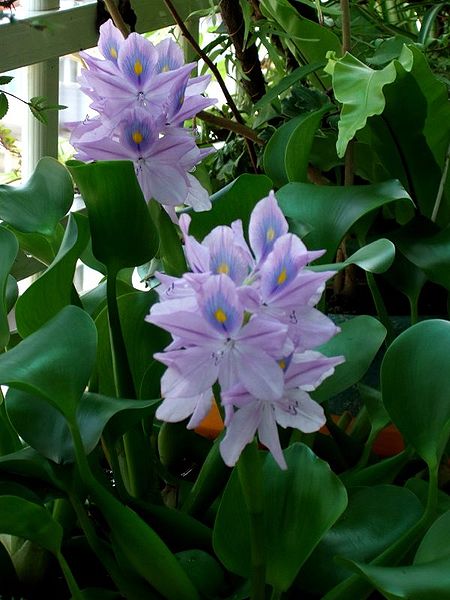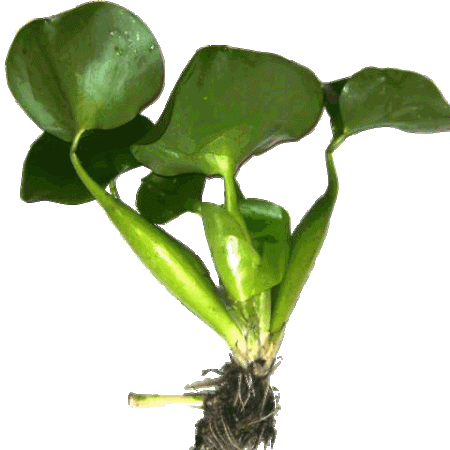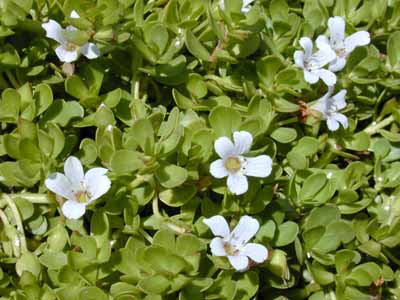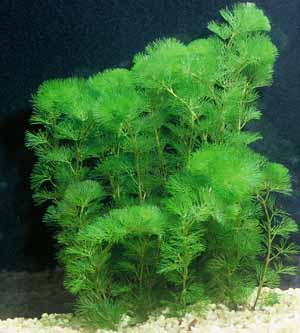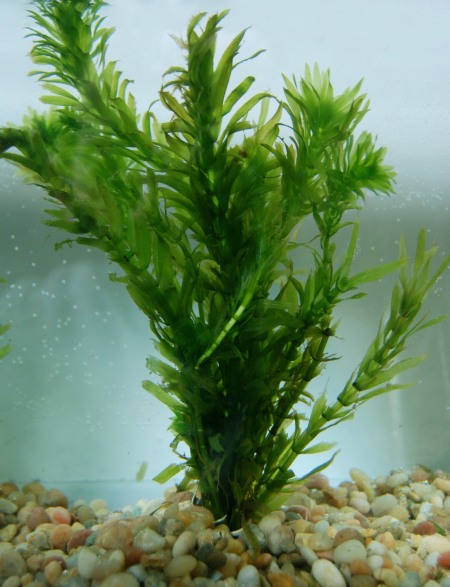Tomorrow will be the first warm day here in Ohio since October. I get to write this post a second time because I somehow refreshed my page and erased thirty minutes worth of work. I provided some winter and Christmas images, as it’s just too cold and snowy to put up green images.
I will rewrite most of what I wanted to talk about today, including how this winter and the current rocky econmic conditions will affect the home and garden industry as a whole, or at least my predictions for 2009. You may or may not care about this as it is not a common topic to discuss how enviromental and economic conditions affect plants. However the economy will most certainly affect what you find IN garden centers each spring.
Last year I was asked how I thought the 2008 season would go as at the time we felt we were going into an economic downturn.
When you see economic reports in the news that the country is in a recession it is not necessarily true that everyone or every business is participating in a downturn. I am not forecasting that our sector of the water garden industry will suffer in 2009. In fact it is still quite possible the garden industry will do well in 2009. I see localized trouble for landscaping in some parts of the country but that is isolated. You can probably save on maintenance services should you be someone who hires someone to do your lawn or leaves. Take advantage of the situation. There will be more people willing to do yard work in 2009 due to both layoffs and a slightly tougher job market. A lawn business is something easy to start up that has immediate revenue and has a few costs or barriers to entry. Make sure who ever you hire is professional and that they know what they are doing. Most professional landscapers are still very bad water garden planners and installers. If I offended any landscapers feel free to e-mail me. Perhaps in the future I will put up a water gardening quiz. If your landscaper cannot answer the questions correctly than have them do everything but the water garden.
I believe 2009 will be similar to the spring and summer of 2002 when fewer people spent money on trips or traveled. Next year more people will stay at home and when this occurs they get creative. This is when we take time to redevelop our homes and yards. As we spend more time at home, we make our homes and gardens more inviting. With winter having begun so early (November 1st here in Ohio), and now much of the south and west has had a few rounds of cold and snow and ice. By the time April gets here we will be tired of a cold brown landscape and we will be investing in our yards.

Blizzard conditions
This does not mean we are all shelling out thousands of dollars but we will take out old overgrown shrubs we have been meaning to, dividing our hostas and replanting them. I think annuals will have huge growths in sales like petunias and inpatients (though there’s already bazillions of those). Our yards will be important. In the water garden industry I expect new water lily varieties to do well in sales like Leopardess (blue, mottles) water lily , Panama Pacific purple water lily, Miami Rose (reddish water lily), Pink Passion water Lily, and many more. Also new plants for sunny planters in most all of the country including papyrus which has been common in the southwest for some time and umbrella palms.

blizzard snow
Last week we had ice storms in the north east, this week in Chicago and Indiana. Snow twice in two weeks in Seattle which is uncommon, and more uncommon they now refuse to salt the roads in the city (for a good laugh look up the news stories about police officers responding on foot in Seattle because the city refuses to salt the streets because the salt may go into Puget sound, a body of salt water?). New Orleans and Beaumont TX had snow last week as did Las Vegas in the city. Florida has remained same so far but winter just arrived officially 5 days ago. Having lived here in Ohio for 8 or 9 years it wouldn’t surprise me if most of January and February are in the 50s but there is no sigh of that just yet. Tomorrow I will return to plants as I am anxious to begin discussing water lilies and what will be available this spring. We hope to be able to provide you with many new species and they are fantastic. I am having fun reading other blogs, mostly landscape like the whispering crane or searching the holiday making of people around the country.
